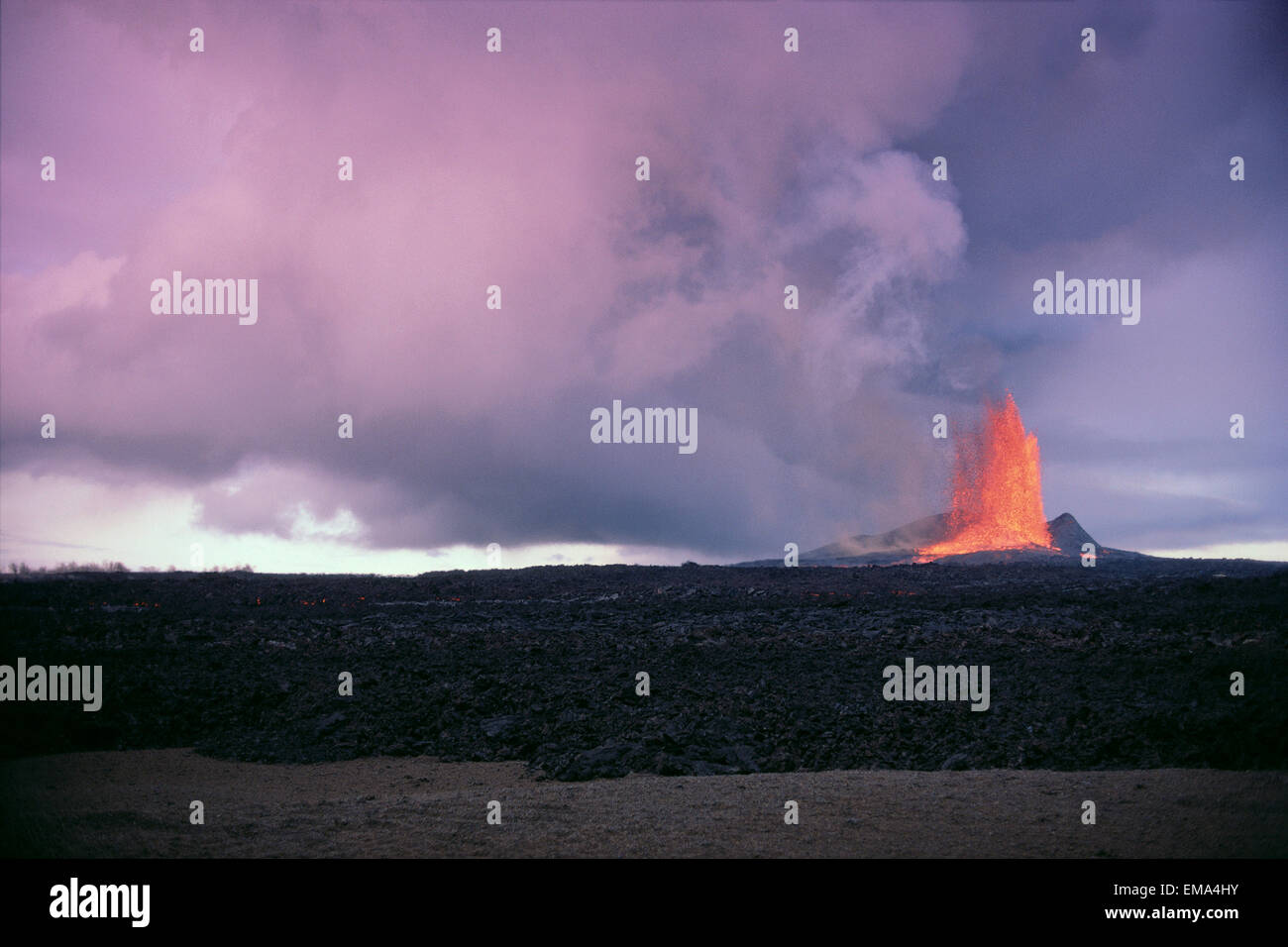
Eager Visitors Flock To See Spectacular Lava Fountaining From Kilauea Eruption In Hawaii
As the Kīlauea volcano on Hawaii’s Big Island continues to erupt, eager visitors are flocking to the area to witness the spectacular lava fountaining firsthand. The eruption began on September 29, 2021, and has since produced dramatic lava flows and ash plumes that have captivated the attention of both locals and tourists alike.
Thrill-Seeking Tourists and Economic Impact
Despite the potential dangers associated with an active volcano, many visitors are drawn to the awe-inspiring sight of erupting lava. They come from all over the world to witness the power of nature up close, taking guided tours and hiking trails that offer stunning views of the lava flows. This influx of tourism has had a positive impact on the local economy, as hotels, restaurants, and tour operators benefit from the increased demand.
Safety Concerns and Management
While the allure of the eruption is undeniable, safety concerns must be paramount. The Hawaii Volcanoes National Park has implemented strict regulations to ensure the safety of visitors. These regulations include limiting access to certain areas, requiring the use of hard hats and masks, and prohibiting visitors from getting too close to the lava flows. Park rangers are also closely monitoring the situation and providing regular updates on the eruption’s activity.
Environmental Impacts and Mitigation
The Kīlauea eruption has also had significant environmental impacts. Lava flows have destroyed forests and vegetation, and ash plumes have caused air quality issues in nearby areas. However, the National Park Service is working to mitigate these impacts through measures such as reforestation efforts and air quality monitoring.
Scientific Research and Geological Significance
In addition to the spectacle it provides, the Kīlauea eruption also offers a unique opportunity for scientific research. Scientists are studying the lava flows, ash plumes, and other volcanic phenomena to gain a better understanding of how volcanoes work. This research can help improve our ability to predict and mitigate volcanic hazards in the future.
Ethical Considerations and Tourism Responsibility
While tourism can have positive economic impacts, it is important to consider the ethical implications of promoting tourism to an active volcano. Visitors should be aware of the potential risks and take appropriate precautions to ensure their safety. They should also respect the environment and follow park regulations to minimize their impact on the ecosystem.
Conclusion
The Kīlauea eruption in Hawaii is a captivating natural spectacle that attracts visitors from around the world. However, it is also important to approach this phenomenon with both awe and caution. By prioritizing safety, mitigating environmental impacts, and engaging in responsible tourism practices, we can ensure that the Kīlauea eruption remains a source of wonder and scientific discovery for generations to come.
